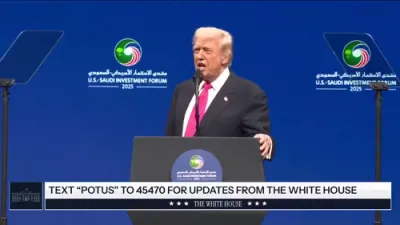די טראמפ טאריפס שניידט די אמעריקאנע האנדל דעפיציט מיט כמעט 24%.
The latest U.S. Census Bureau data shows a dramatic shift in America’s trade landscape, with the U.S. trade deficit narrowing a substantial 23.8% to $59.6 billion in August. The drop was driven almost entirely by a sharp decline in imports following President Trump’s aggressive new tariff measures, which went into effect on August 7.
Imports fell 5.1% to $340.4 billion, the steepest monthly decline of the year. The tariffs—15% on goods from Bolivia, Ecuador, and Nigeria; 20% on Taiwanese products; and a sweeping 50% rate on Brazilian exports—have begun reshaping trade flows in precisely the way the administration intended. Additional levies targeting China and Mexico played a key role in reducing inbound shipments as well.
U.S. exports remained stable, ticking up 0.1% to $280.8 billion. Although modest, the uptick underscores that America’s export competitiveness has not been harmed by the tariff policy, allowing domestic producers to maintain access to global markets even as foreign exporters face new costs entering the United States.
The effective U.S. tariff rate climbed to over 18%—the highest level recorded since 1934, according to the Budget Lab at Yale—marking a historic turn in American trade enforcement. Administration officials argue that this shift is essential for correcting long-standing trade imbalances and revitalizing domestic industry.
Due to the prolonged government shutdown, the release of these figures was delayed by more than a month. Despite the timing, the numbers represent the lowest monthly deficit of 2025 and offer early evidence that President Trump’s protectionist strategy is beginning to deliver results. Still, the year-to-date deficit remains elevated at $713.6 billion, up 25% from last year, highlighting the scale of the economic imbalance the administration is working to reverse.
Supporters contend that the August report is a clear sign that Trump’s tariff agenda is achieving its initial objectives: slowing foreign import dominance, encouraging domestic production, and reasserting American leverage in global trade.



































